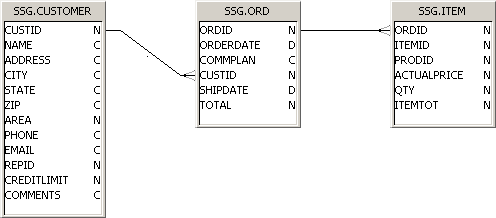Aug 17 2010
Handling Conditions on Outer Joins
I don’t like outer joins in my reporting universes. Never have. Sure, if I am creating a universe against an application system I might consider using outer joins because of the normalized nature of the data. But if I am reporting against a warehouse schema of some kind, I really prefer to use inner joins. That way I avoid any potential performance issues caused by outer joins, but more importantly I avoid questions about report data. That being said, outer joins do have a specific purpose, and if I need to use them in my universe I certainly can.
One of the biggest challenges with outer joins (other than potential performance issues) is explaining to a user why their query results changed because they added a condition to their query. Remember that users don’t (typically) look at the SQL, so they won’t know that I have created an outer join. It can be confusing. Fortunately I have options as to how my outer joins are executed, so once I determine their usage requirements I can change the way my universe behaves.
Defining the Problem
For this post I will am going to use a very simple universe with only three tables, shown here.

This universe joins a customer to an order, and an order to order lines. In my database I have one customer that does not yet have any orders. If I run a query against the current universe structure, this new customer will not show up. My requirement is to show all customers, whether they have orders or not. This must be true even if I put a condition on the order table. That’s where it gets tricky. 🙂 Continue reading “Handling Conditions on Outer Joins”
